Highland Park Captured My Heart
A magnificent Pittsburgh neighborhood shows what is possible
On a recent road trip, we stopped in Pittsburgh to catch up with my best friend from childhood over lunch at a family-friendly bistro. Highland Park is a streetcar suburb about 15 minutes from downtown by car. I was blown away by its rich fabric of closely spaced homes with porches and small setbacks, the mixture of housing types, the compact walkability, and the eponymous monumental park which, along with a zoo and aquarium, covers about half of the neighborhood’s land.
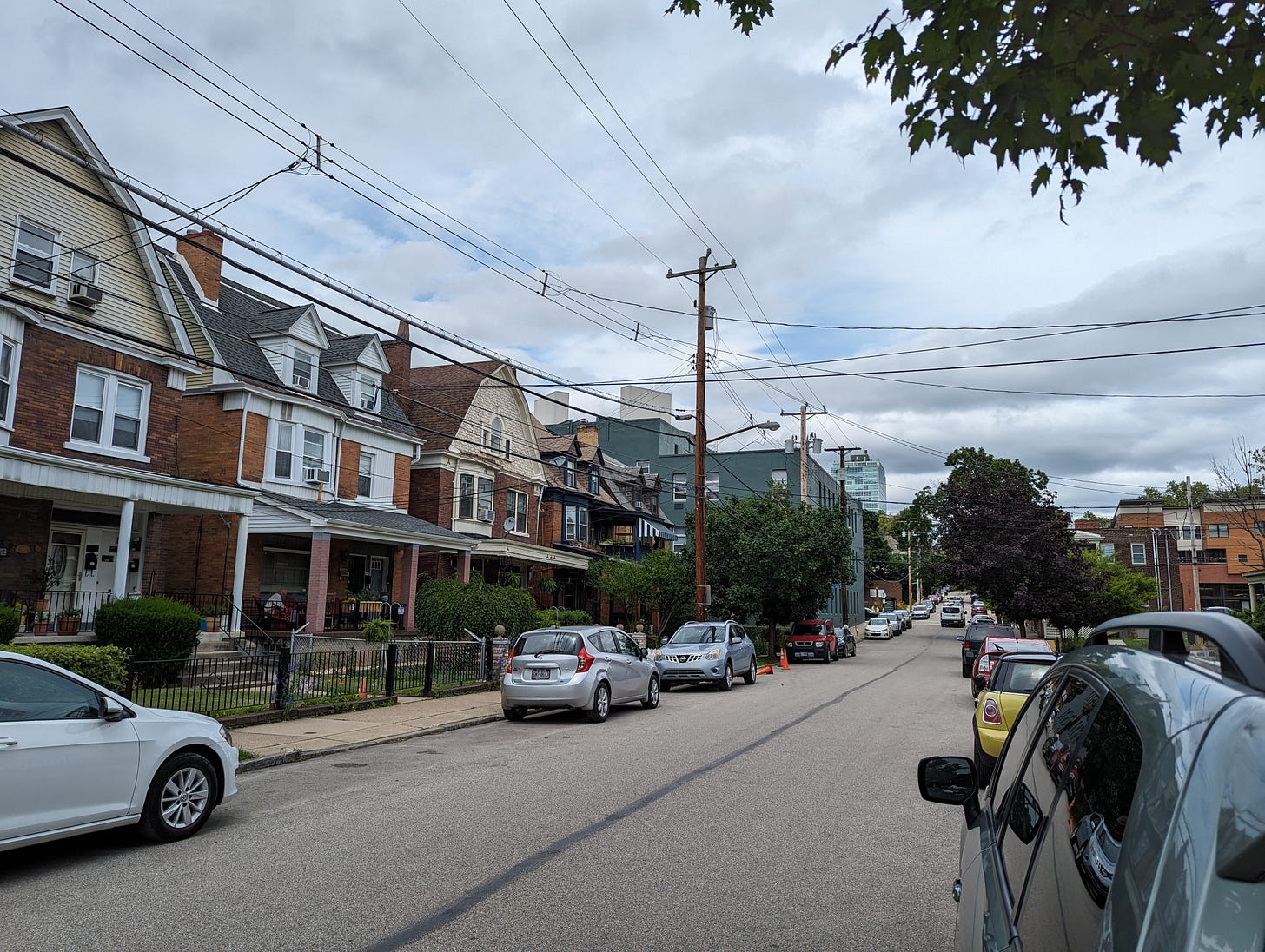
Highland Park embodies urbanism’s entirely attainable promise of a better way of living, which captured my imagination and ignited my passion two years ago. Streets are forever, as the saying goes, so Highland Park’s narrow streets would be difficult to emulate in a newer suburb laid out for cars, but my visit was an exhilarating reminder that human-scale land use and gentle density are remarkably unremarkable. The basic ingredients were simple. Assembling them again today would not be a moonshot.
The toughest element to replicate might be the fine details of the traditional architecture, reflecting accumulated taste and knowledge. Soaking in Highland Park’s quiet beauty, I sensed that the things I liked about it were not only acclimation to the traditional as the familiar, but also its builders’ subtle mastery of proportion, texture, and geometry. I am not an architect or even a conservative. If anything, my aesthetic opinions tend to be weak. Yet I do want to suggest that those old guys, so to speak, were onto something. The careful intention behind what I saw around me was palpable. Highland Park felt humanizing and timeless.
It was a place I wanted to spend time, perhaps the litmus test for good urbanism. My friend said playing kids have the run of local streets. The narrow rights of way, of course, naturally slow drivers down (and hint at the value of retrofitting wide suburban streets). Rowhouses, triplexes, modest detached homes, and gorgeous Victorian mansions all stand right next to each other. The neighborhood was clearly built with less economic segregation than we take for granted today. The people in the mansions did not yet have the innovation of exclusionary zoning.
The namesake park is equally worthy of praise. I got excited as soon as I saw the giant columns flanking the entrance, topped with victorious bronzes, naturally.
The confidence and optimism projected by this entrance seems almost foreign today.
There is no substitute for large, old trees, which helped make time stand still.
The park’s up-to-date playground was pleasantly busy on a Thursday afternoon.
A reservoir is integrated into the site as another amenity for visitors to stroll around.
A Pittsburgh History & Landmarks Foundation plaque dates the park to 1889.
A beautiful bay window in a house near the park embodied, for me, a marriage of private and public space that American urbanists are now working to recapture. Singing in the Rain star Gene Kelly was born in Highland Park. I felt a lot like him in that movie’s iconic titular scene. Wandering his old neighborhood filled me with exuberant wonder for something usually taken for granted, especially in its heyday.
Crucially, Highland Park’s beauty clearly emerged organically. I spotted a mansion with a large stained glass window in it. I doubt anyone had to be told by a local authority to do that, or receive permission from neighbors. The park was built without anxiety that someone would spend the night there or taint the reservoir. The streets were laid out in the expectation that they would be a place to socialize.
I would go as far as to argue that Highland Park is as natural as the rain. We can build places like it again, if we give ourselves permission.
If you enjoy this blog or want to work together, I would love to hear from you at lucagattonicelli@substack.com. I am more than glad to answer questions from readers. And totally open to suggestions of topics to write about! Visit my grassroots pro-housing organization YIMBYs of Northern Virginia at yimbysofnova.org.




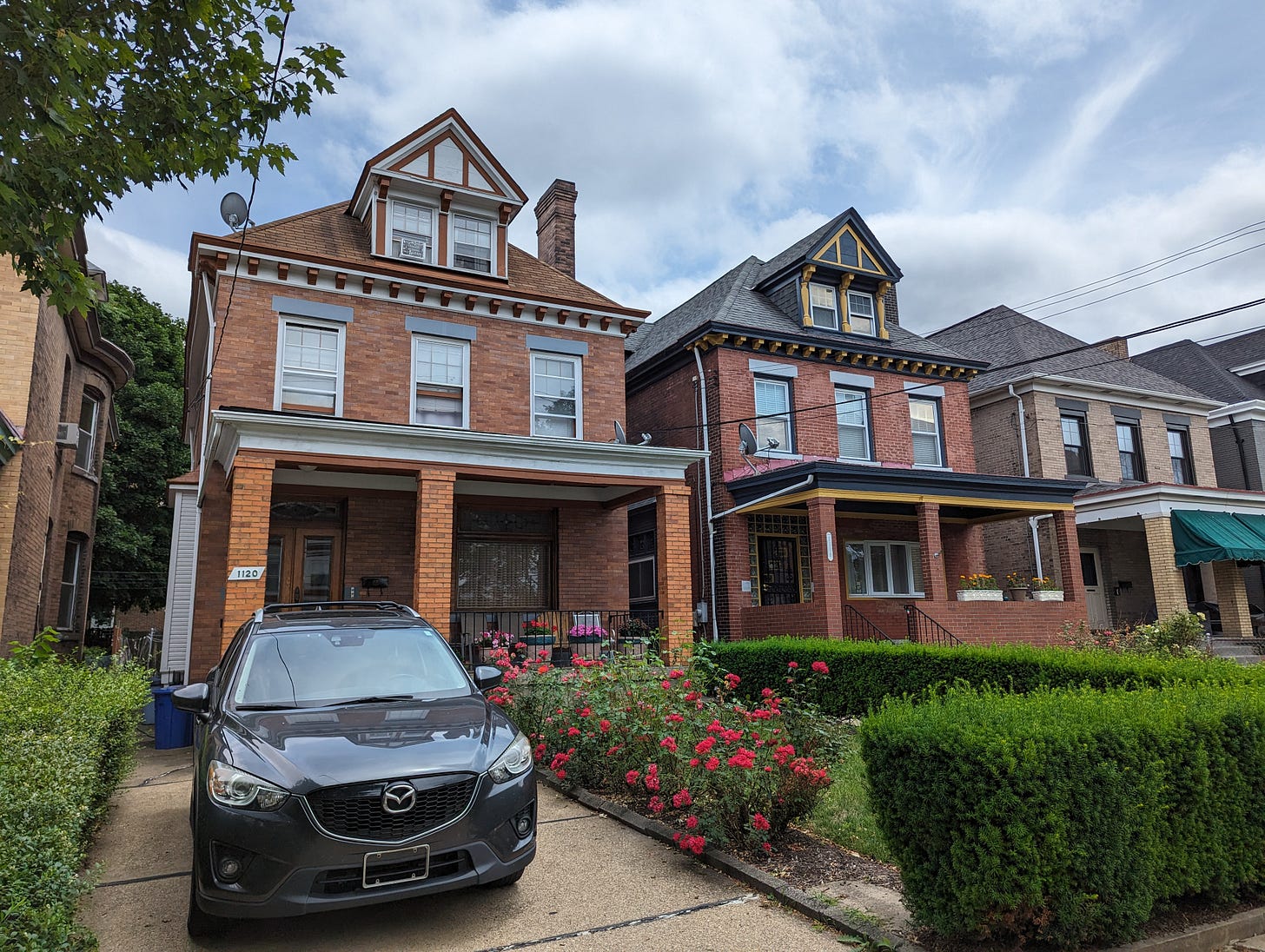
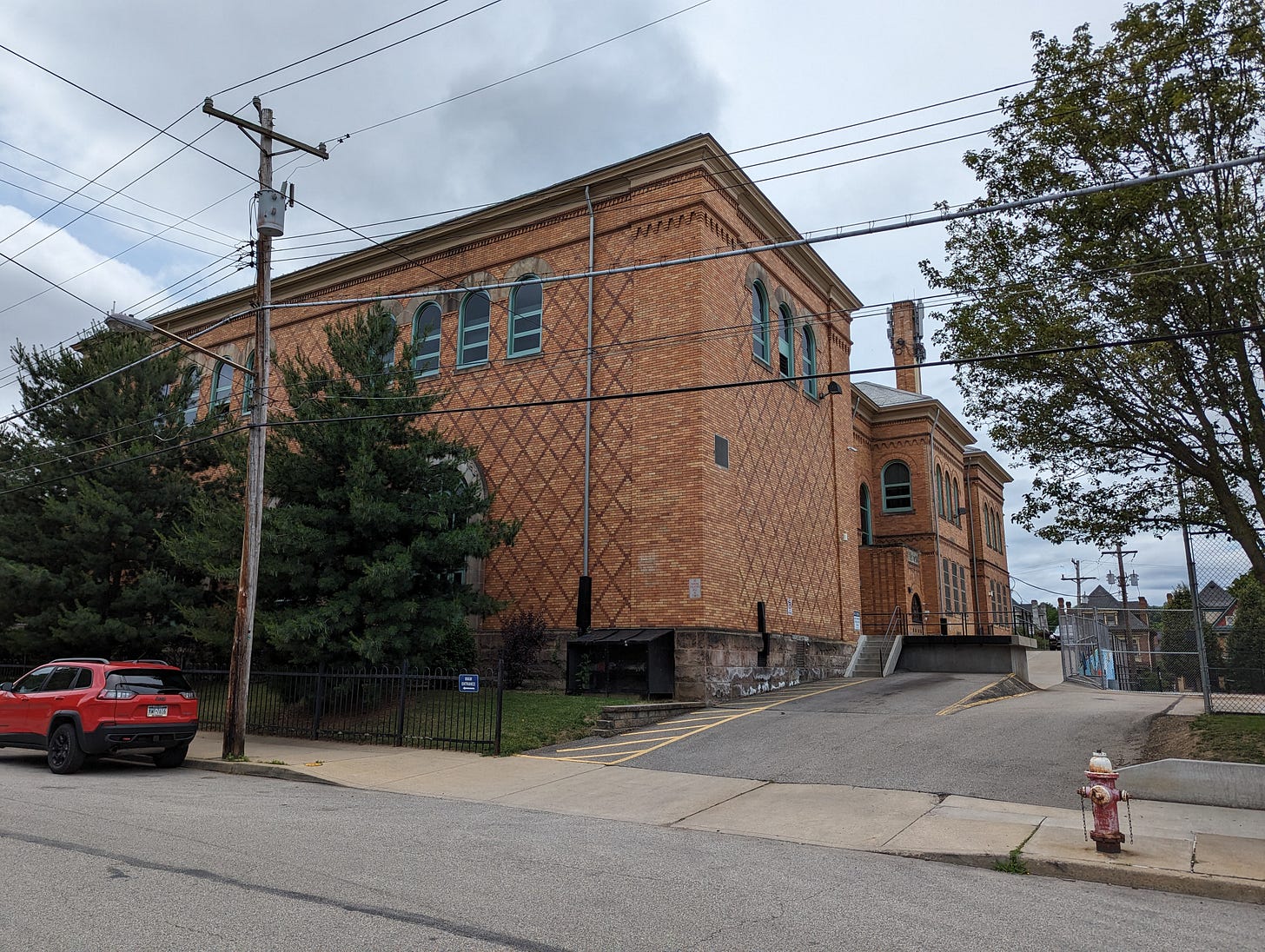
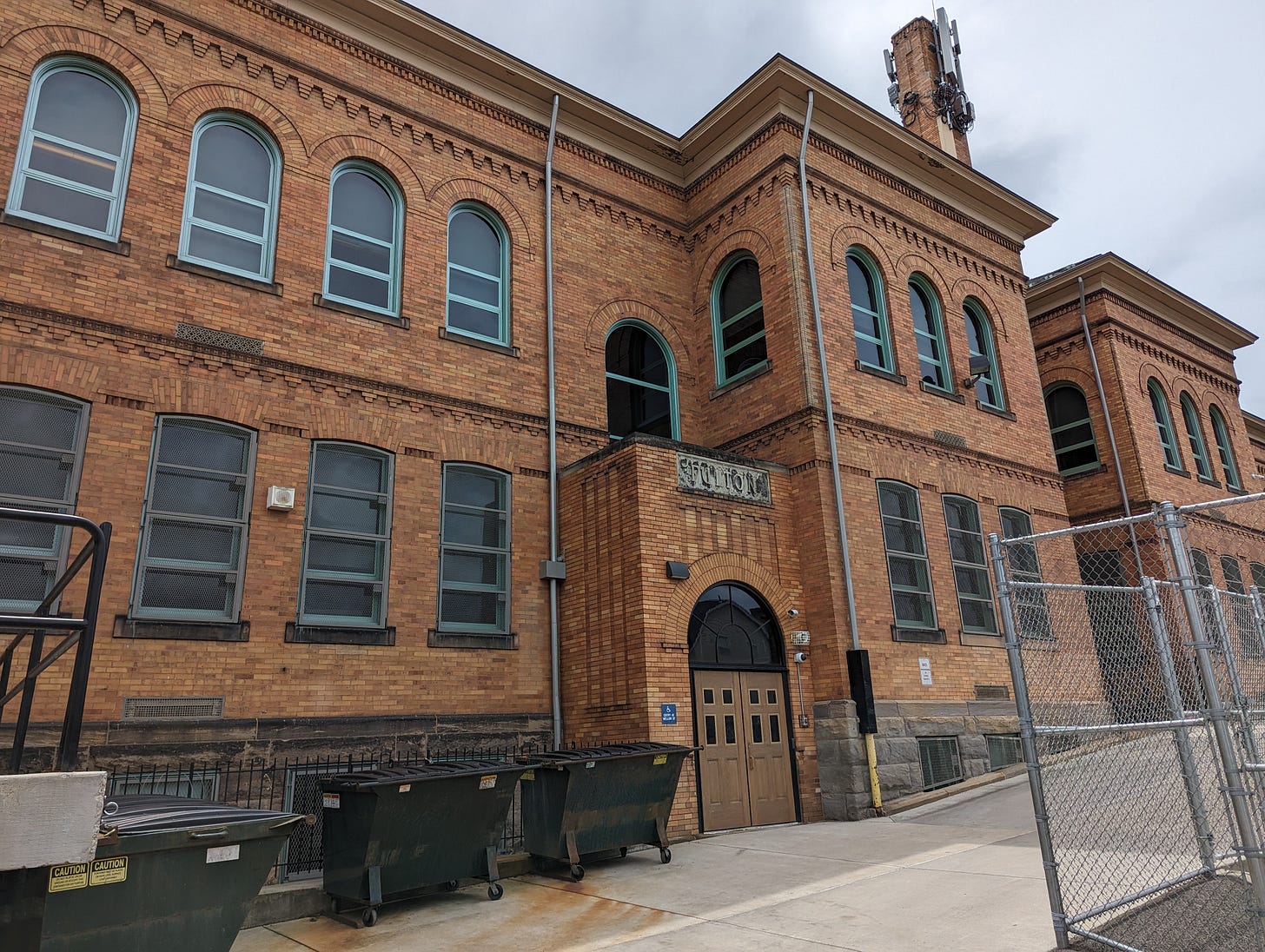
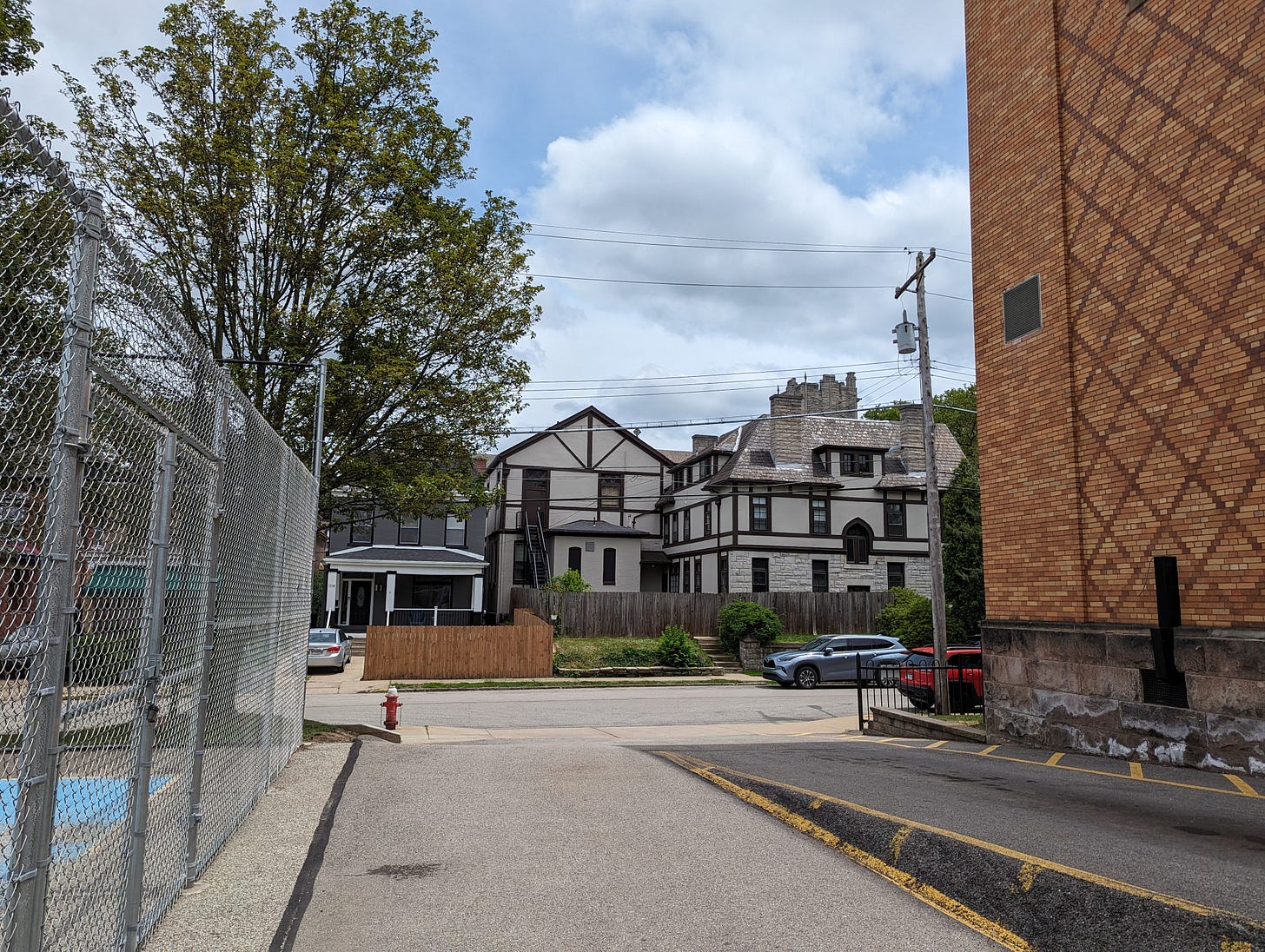
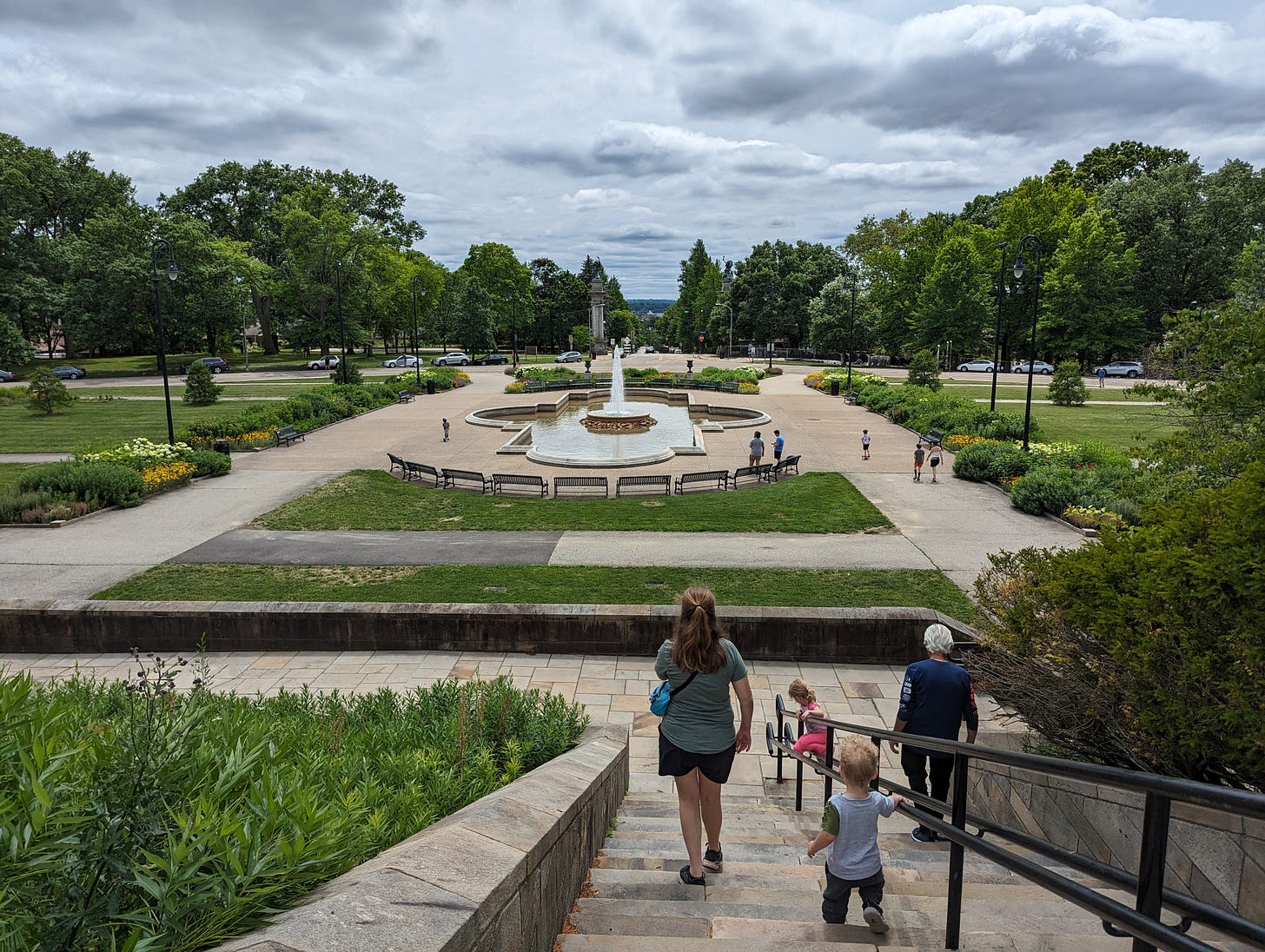
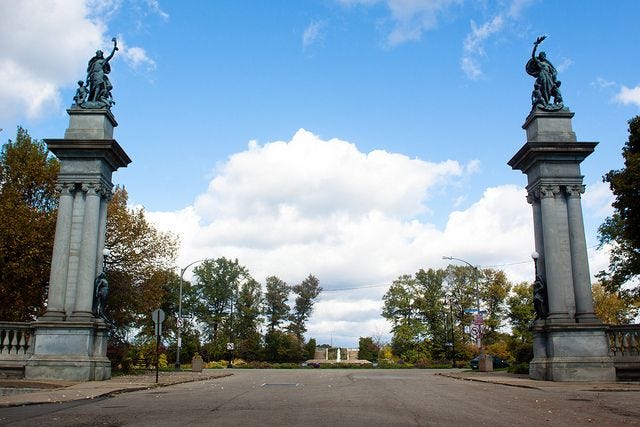
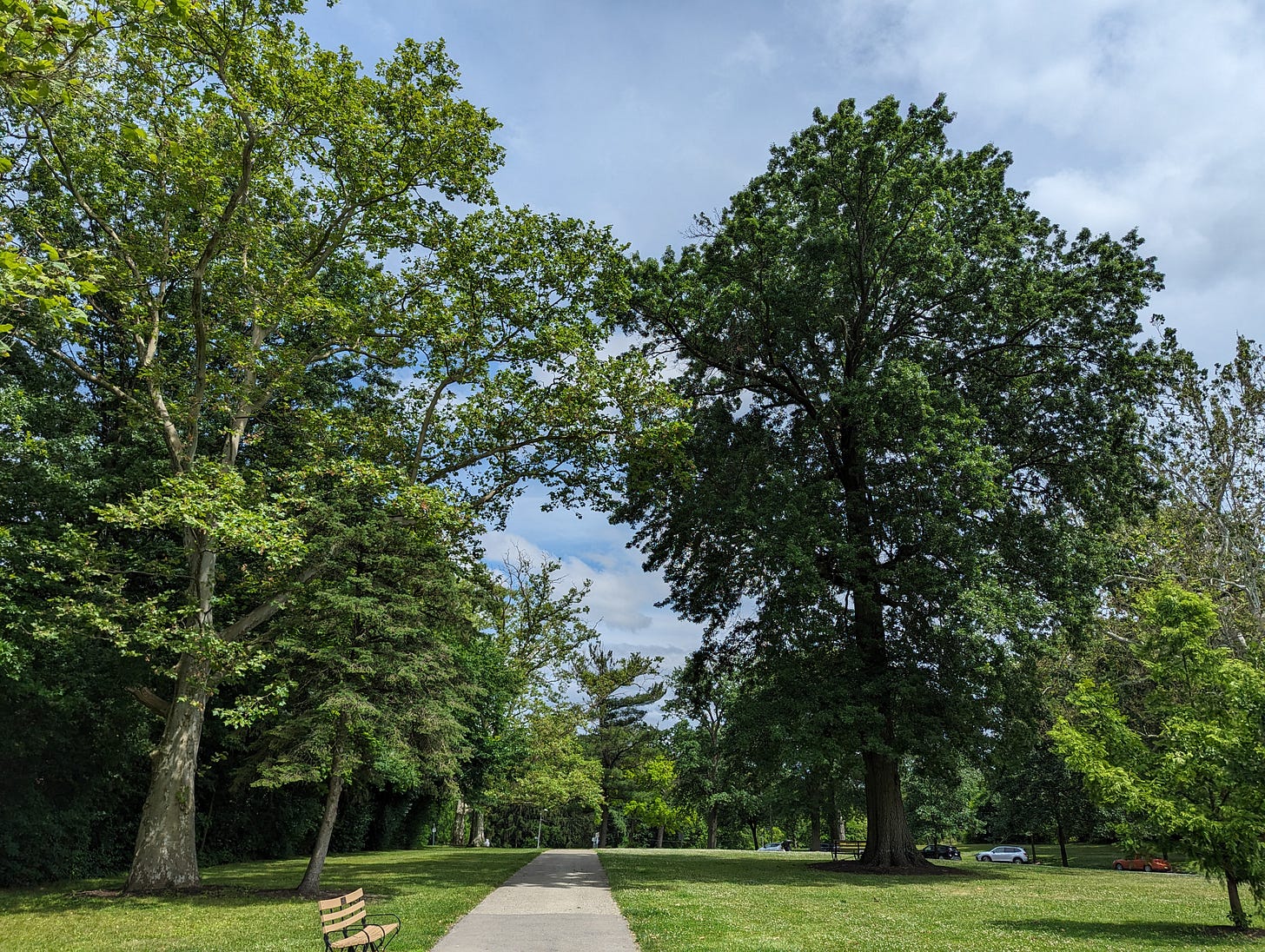
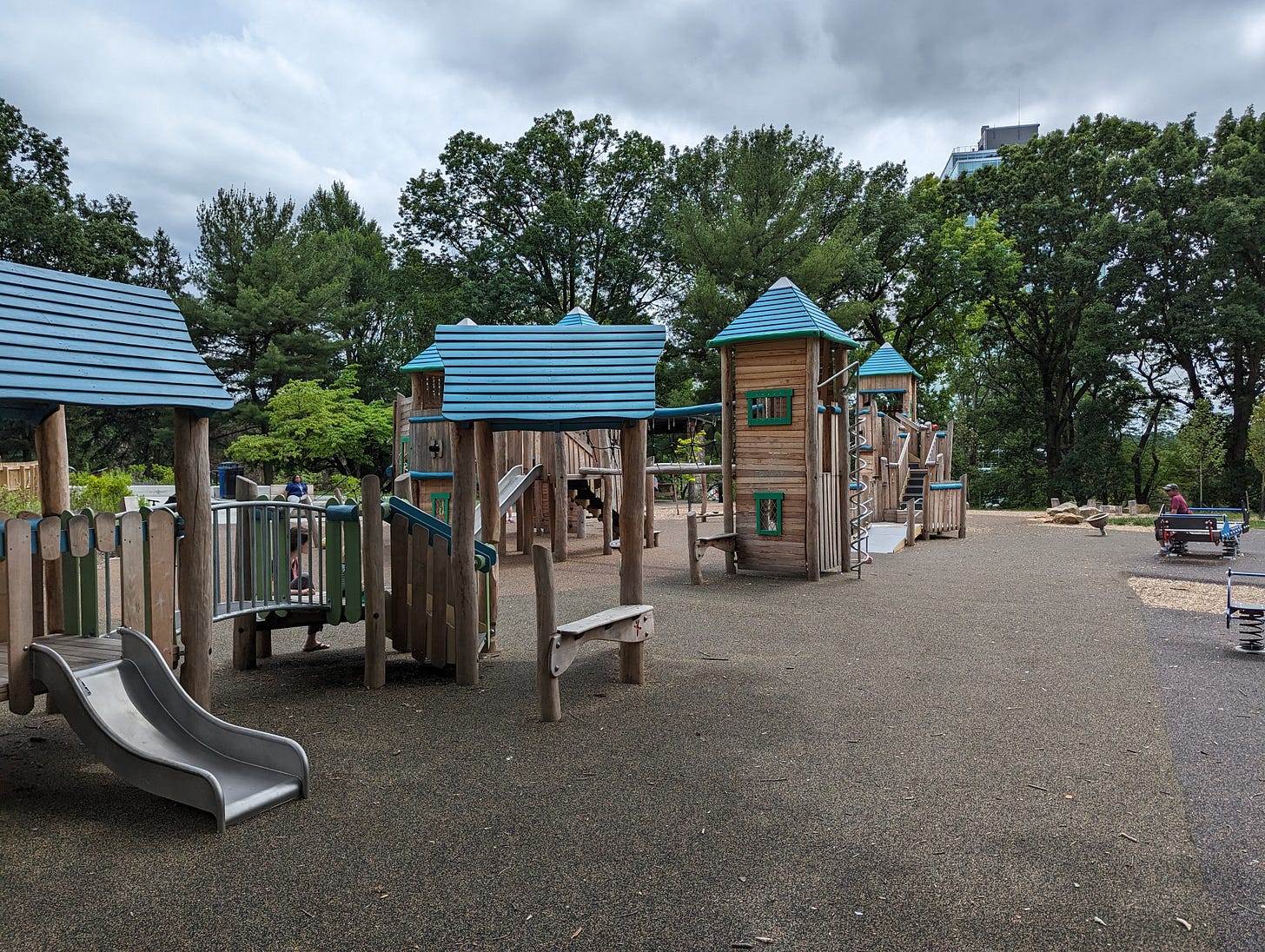
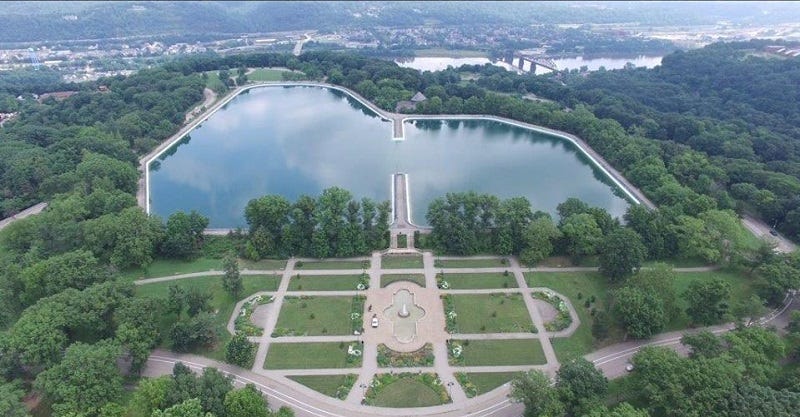
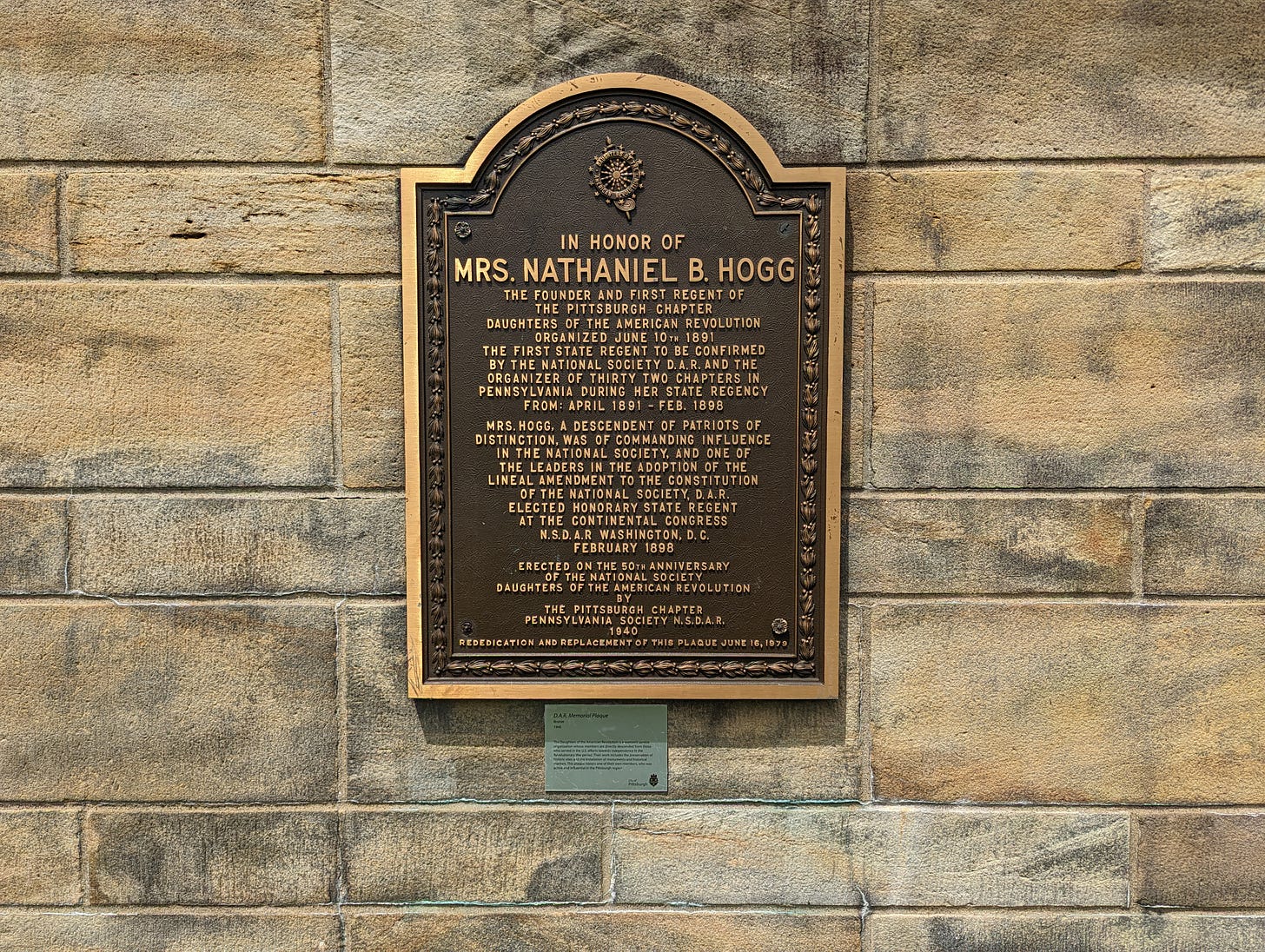
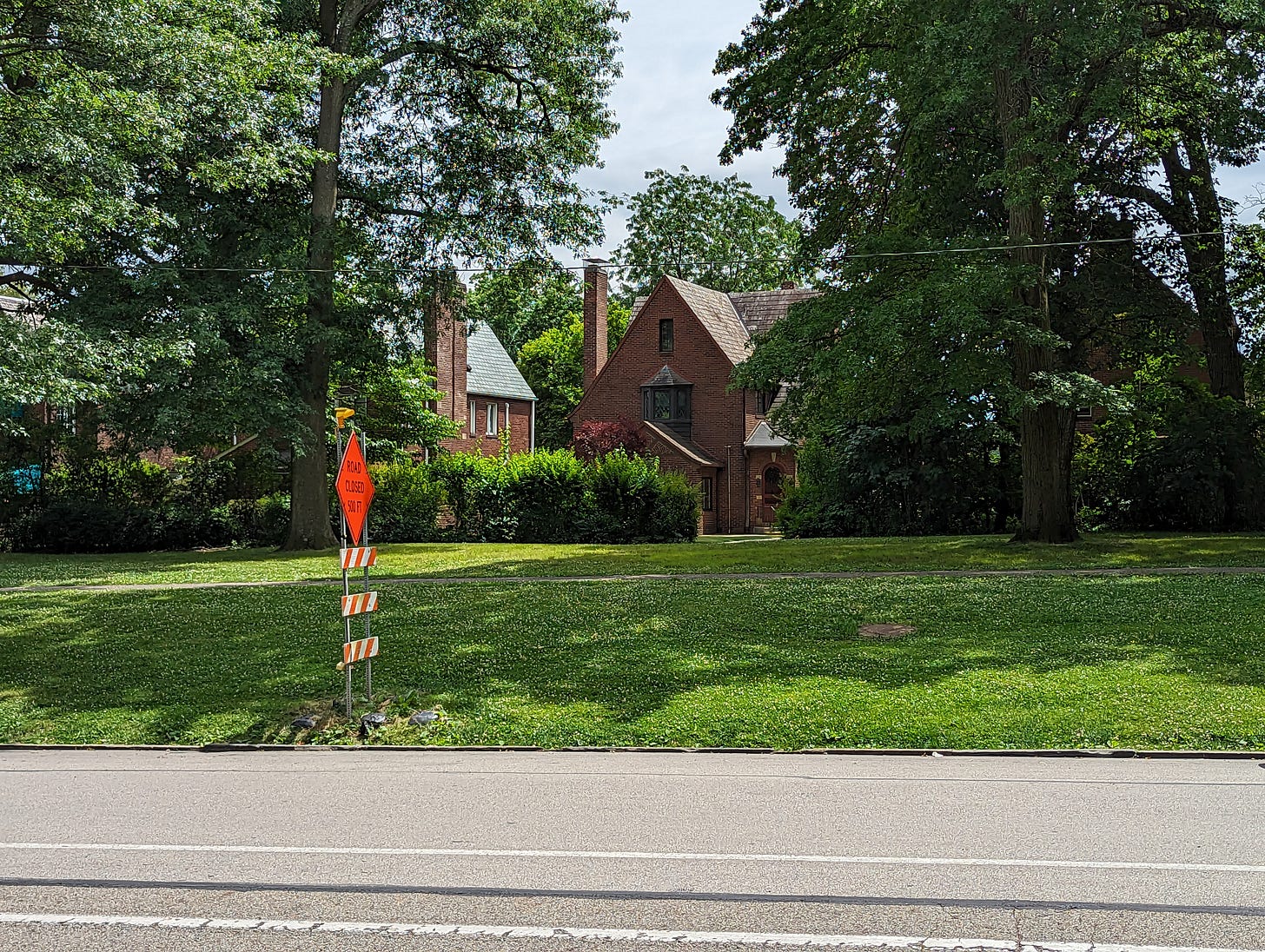
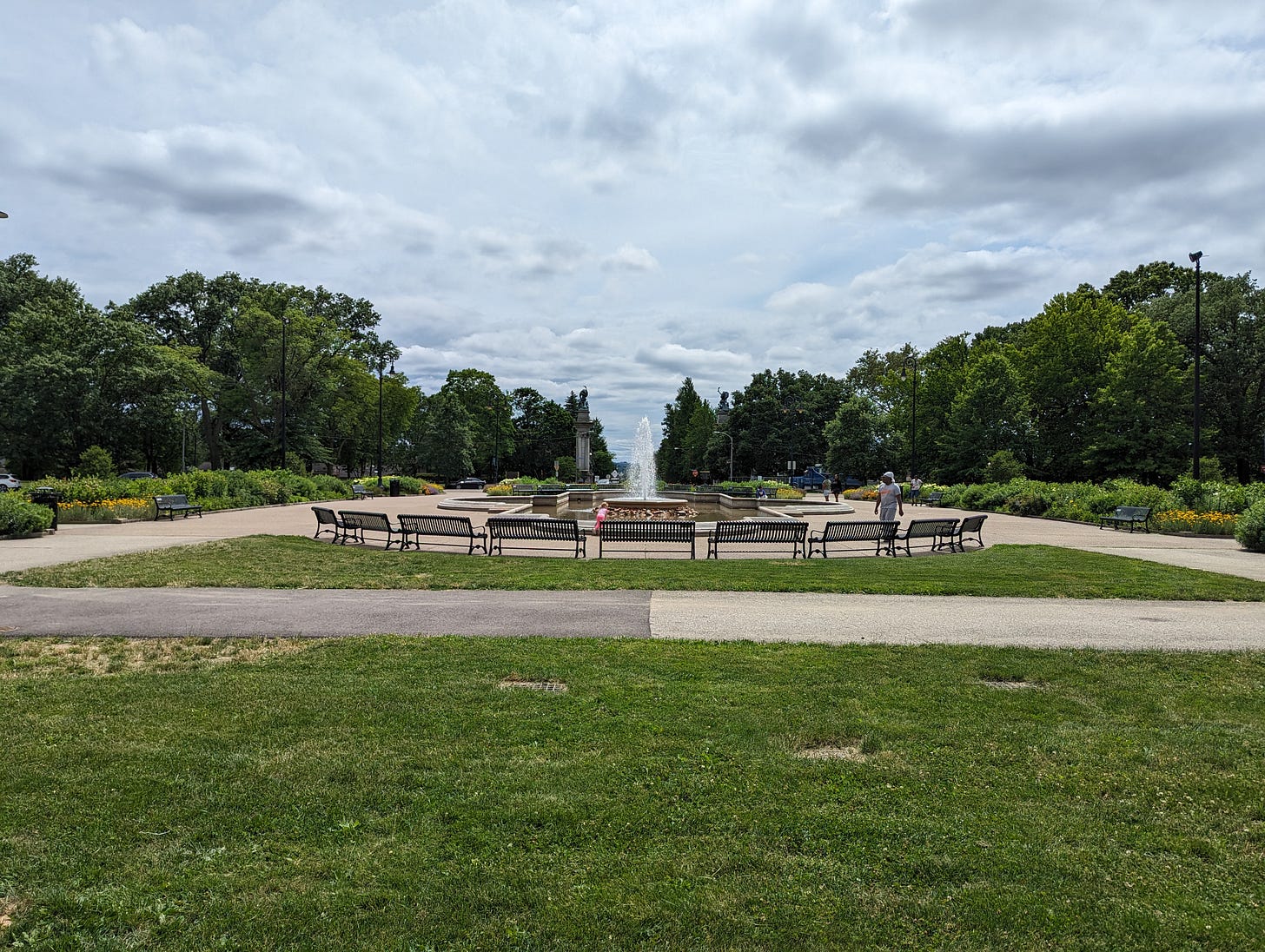
Great post, Luca! I am sharing this with the neighborhood. Come back and visit us soon 😁
Historic Pennsylvania urbanism is unmatched.